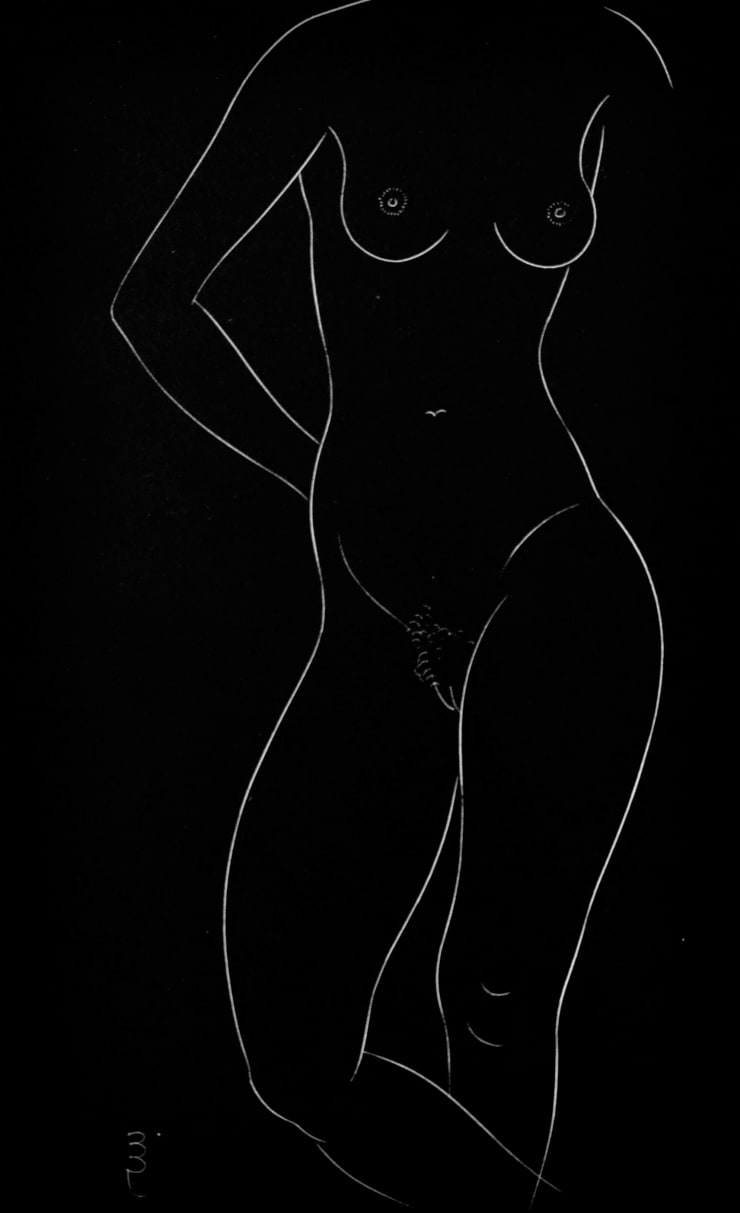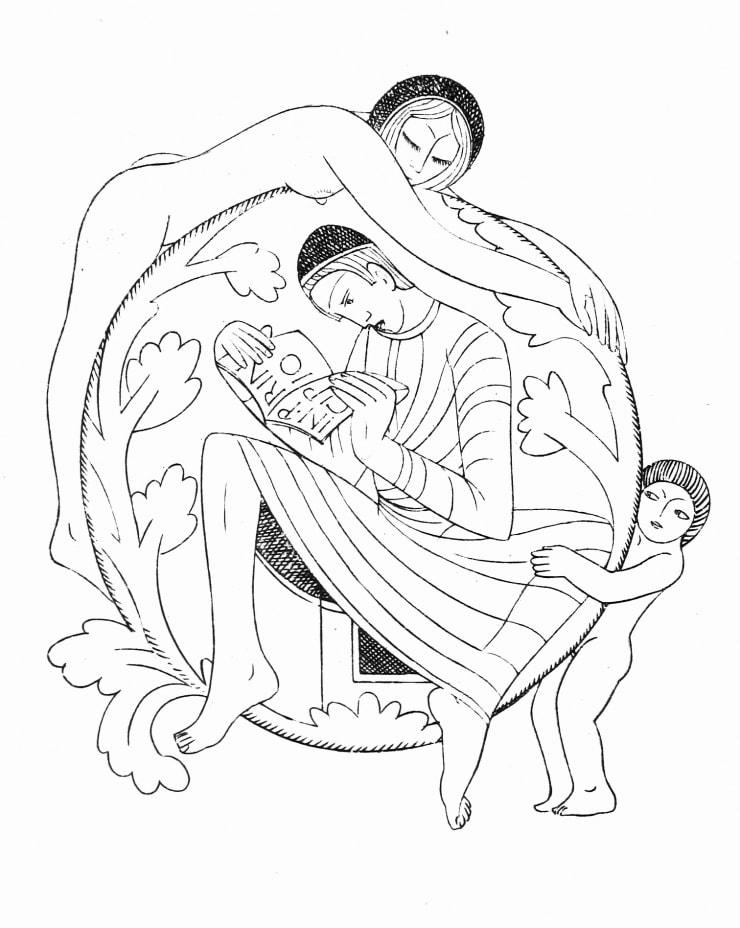Eric Gill
Gill was born in Brighton, the son of a non-conformist minister. While apprenticed to an architect in London, he became smitten with the world of calligraphy, which he entered by attending classes given by Edward Johnston. He was profoundly influenced by Johnston's dedicated approach to work and decided to join the world of Arts and Crafts.
During his lifetime he set up three self-sufficient religious communities where, surrounded by his retinue, he worked as sculptor, wood-engraver and type designer. He also wrote constantly and prodigiously on his favourite topics: social reform; the integration of the body and spirit; the evils of industrialisation; and the importance of the working man. He converted to Catholicism in 1913 and this influenced his sculpture and writings. He designed his first typeface, Perpetua, for Stanley Morison who had badgered him for years on this matter. Of all the 11 typefaces that he designed, Gill Sans is his most famous; it is a clear modern type and became the letter of the railways - appearing on their signs, engine plates, and timetables.
Gill died 1940 in Middlesex.
-

The Golden Age of Illustration: 1880 - 1930
9 Jun - 10 Jul 2022As anyone who has ever beheld the glory of a medieval manuscript knows, text and image have had a long relationship. So what is it that distinguishes the period from...Read more -

ERIC GILL | Graphic
Modern British printmaking 16 Jan - 2 Feb 2019Eric Gill is one of the most influential proponents of modern British design, printmaking, typography, and sculpture. Any visitor to Eames Fine Art during this exhibition will have experienced Gill’s...Read more






